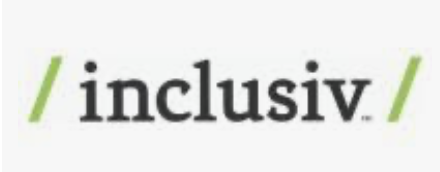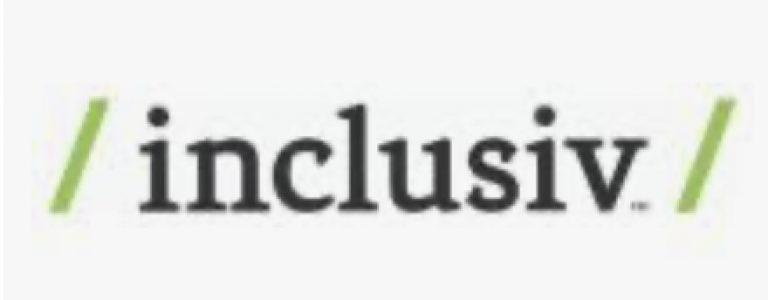NEW YORK–Saying the funds were not a “subsidy” but instead a very “effective” investment, Inclusiv is calling for the restoration of the Community Development Financial Institution (CDFI) fund, which was slashed in President Trump’s 2026 discretionary budget request.
As the CU Daily reported here, the proposed budget recommends eliminating CDFI Fund discretionary awards for a total of $291 million of the overall $163 billion in recommended funding cuts, which would effectively eliminate the CDFI Fund’s programs, including Financial Assistance (FA) and Technical Assistance (TA) programming, and maintain only administrative funds for oversight and closeout of prior awards, maintaining CDFI certification and administration of the CDFI Bond Guarantee Program and New Markets Tax Credits.

Inclusiv noted the high-level discretionary budget document claims the “CDFI industry has matured beyond the need for ‘seed’ money and should at this point be financially self-sustaining.”
The organization added that in recent years, the number of CDFI-certified credit unions have surged as they have proven extremely effective in leveraging FA and TA awards with local deposits to “dramatically increase lending to low-income consumers, households and small businesses across the country.”
Not a ‘Subsidy’
“This proposed budget could effectively eliminate the CDFI Fund programs used by credit unions,” Inclusiv President and CEO Cathie Mahon said in a statement. “The FA\TA programs are not a subsidy for CDFI operations but rather a highly effective federal investment in economic opportunity across the country. CDFIs are conduits for federal investment, leveraging government funds more than 8:1 and invest in the types of projects or lending that would not otherwise be made affordably in communities. We look forward to showing the Administration and Congress that we are the most effective vehicle for accomplishing local economic development and affordable housing goals.”
How Funds are Used
Inclusiv stated CDFI credit unions have drawn technical assistance awards to invest in technology to scale lending and financial service delivery and increase products and services.

“Similarly, these community owned and controlled lenders have accessed financial assistance awards to finance hundreds of thousands of first-time homebuyers to access affordable mortgages, grow small businesses to increase the local tax base and create jobs and enabled consumers to increase financial security with low-cost, reliable financing and the financial coaching to work toward financial goals,” the organization said. “These investments permanently revolve in communities creating a powerful long-term economic multiplier effect.”
The Silver Lining
Inclusiv said the one silver lining is the Discretionary Budget Request is the call for the creation of a new $100 million Rural Financial Award Program.
“The budget furthers investment in rural communities by creating a new $100 million award program that would provide access to affordable financing and spur economic development in rural America,” Inclusiv stated. “This new program would require 60% of Community Development Financial Institutions’ (CDFIs’) loans and investments to go to rural areas, and would leverage existing administrative resources within the Department of the Treasury’s CDFI Fund to increase access to capital, infrastructure financing, and main street business development.”








